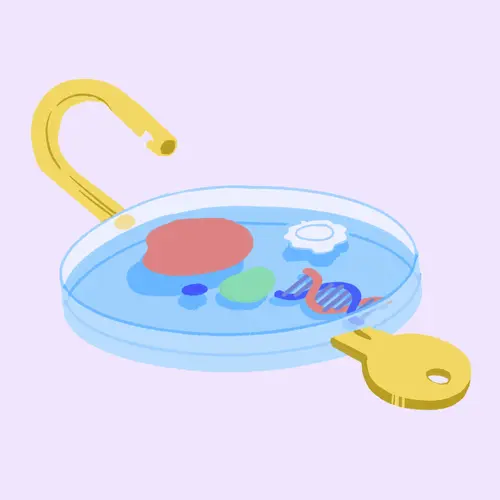Many people with allergies look for simple remedies, especially if they don’t get enough relief from the usual medicines and treatments.
If you have a nasal allergy such as to pollen, a saltwater (saline) nasal spray may be one to consider.
How can it help my allergies?
Some studies show that a saline solution restores moisture to dry nasal passages and sinuses, and curbs inflammation of mucous membranes.
If you use a Neti pot or a small squirt bottle for saline irrigation regularly, it can help to thin mucus, give you less postnasal drip, and cleanse your nasal passages of pollen and other allergens.
What types can I use?
You can buy an over-the-counter saline solution or make one at home.
Most over-the-counter saline nasal sprays are isotonic, which means the solution is the same saline concentration as in your body. Hypertonic versions have a higher concentration of salt than what’s in your body. Both types can help clear mucus.
Saline sprays also help keep the cilia in your nose healthy. Cilia are small hair-like structures that help humidify air going to your lungs, trap bacteria to keep them from entering the cells, and aid your sense of smell. By keeping cilia healthy, saline sprays may help treat rhinitis and sinusitis, studies show.
When should I use it?
Over-the-counter saline sprays and rinses can help remove pollen from the nasal lining. People often use them at the end of the day. You can also use these sprays to add moisture if your nose feels dry from winter weather.
If you use a nasal steroid spray to treat your allergies, doctors suggest you first use a saline spray to cleanse the nose and rid it of thick mucus and debris. Thick mucus can keep the steroid from working as well as possible.
How do I make a saline solution?
You can easily make one to wash your nose and sinuses at home. This natural remedy can be used with a bulb syringe, a Neti pot, a plastic squirt bottle, or your cupped hands.
To make the solution, mix 3 teaspoons of non-iodized salt (kosher salt with no additives is best) and 1 teaspoon of baking soda. Store this mixture in a small clean jar. When you are ready to use it, mix a teaspoon of the mixture into 8 ounces of distilled, sterile, or previously boiled and cooled water.
Store your saline solution at room temperature and mix it before you use it. If the solution stings, use less salt next time.
To use it, fill the bulb syringe or Neti pot with the solution. Stand over the bathroom sink and lean your head forward. Tilt your head to one side and pour the solution into one nostril. Aim the stream toward the back of your head, not at the top of your head. Never force it into your nose.
The solution will go into your nasal cavity and run out the other nostril. Adjust the position of your head to keep it from running down the back of your throat. Gently blow your nose and spit out the drainage to clear the nasal passages and throat. Repeat with your other nostril.
Wash the irrigation device after each use and then rinse it and let it dry.
What if I’m not using it correctly?
Talk to your doctor or allergist if you're not sure. They can show you how to use this natural remedy to keep your nose clear of thick mucus and debris so you can breathe better.

